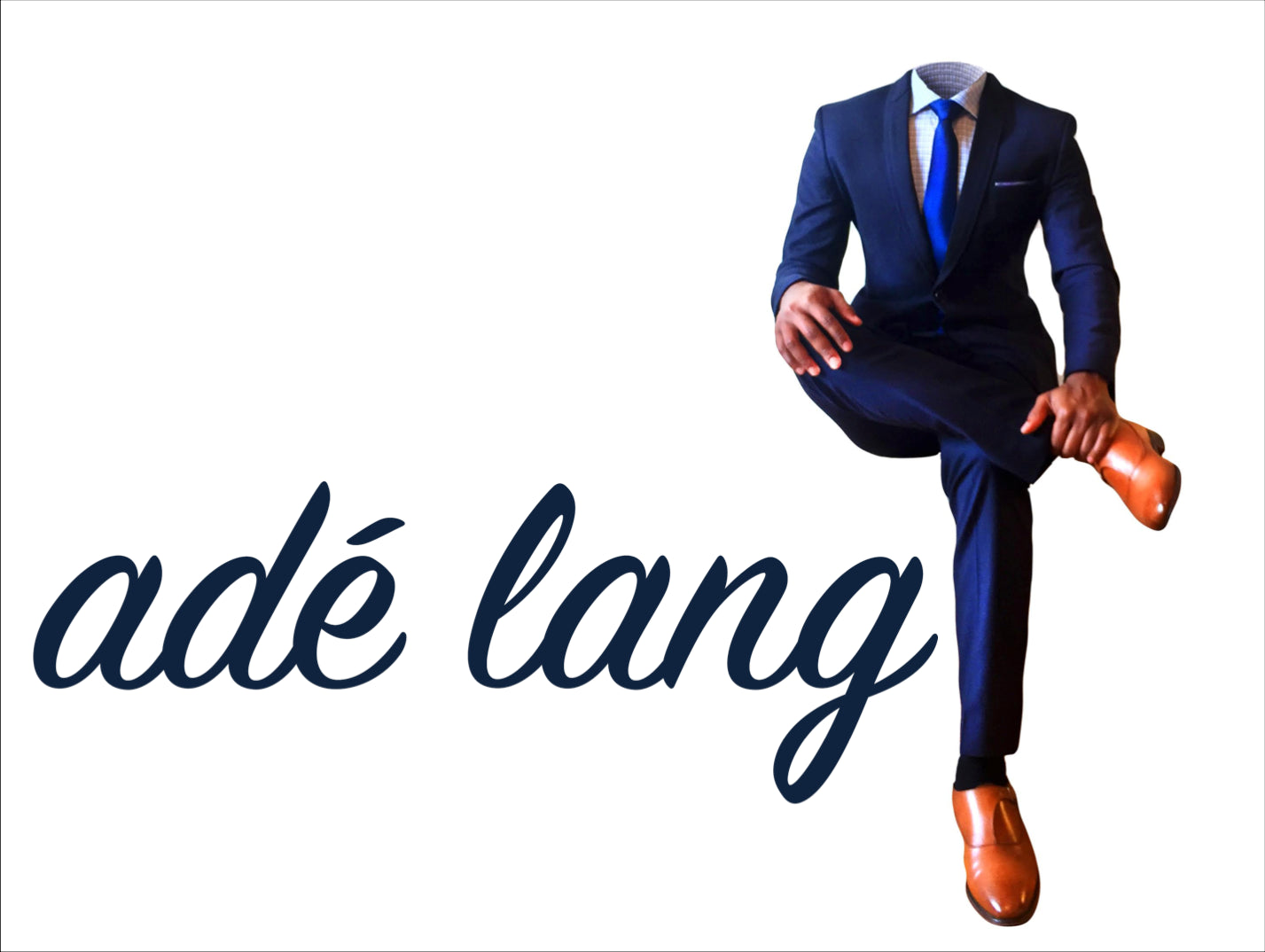Silhouettes in the Server Room: When Algorithms Redesign Fashion
Picture a silent design studio. Sketches that once translated visions into Valentino gowns now face algorithmic replication. Across Milan and Paris, ateliers recalibrate as landmark copyright rulings fracture fashion’s creative foundations. Yet within this upheaval emerges a paradigm shift where couture collides with computation. Industry data reveals a stark divide: 65% of generative AI tools scrape protected patterns, while 74% of designers demand royalties for algorithmic derivatives. A single archived McQueen pattern holds $4.2 million in documented licensing value, proof of creativity’s irreducible worth.
Heritage maisons like Dior and Schiaparelli confront an existential choice: purge AI trained on unlicensed archives or risk profitability through royalty negotiations. Provenance now carries measurable consequences; market analyses confirm buyers reject AI-generated "homage pieces" as ethically compromised, while "human-drafted" designations command 28% price premiums. This upheaval rewrites fashion’s longstanding approach to intellectual property, transforming Johanna Blakley’s "IP Paradox" from theory into urgent reality.
Forward-thinking labels respond with hybrid craftsmanship. In Lyon and Como ateliers, human designers now curate "ethical AI" frameworks, merging licensed vintage archives with generative algorithms to achieve 35% efficiency gains without sacrificing originality. This operational symbiosis embodies Rei Kawakubo’s design ethos: "Constraints birth revolution; friction sparks evolution." The strategy resonates with Zoomers’ demand for traceable creation chains, turning litigation into an innovation catalyst. Blockchain-tracked textiles now embed digital provenance certificates, transforming authenticity into wearable status. Vogue captures the shift succinctly: "The future isn’t ‘who designed.’ It’s ‘how designed.’".
Stitching the Future: Needlework in the Neural Net
Jurisprudence now tailors fashion’s digital fabric. The industry’s evolution hinges not on resisting copyright gravity but draping it into new silhouettes. Three principles define the path forward:
- Human-artistry anchors: Collections grounded in craftsmanship, augmented by audited AI tools.
- Ethical documentation: Provenance transparency as luxury’s new signature.
- Hybrid resilience: Blending hand techniques with algorithmic precision for legally defensible beauty.
True innovation thrives within ethical frameworks. Tomorrow’s ateliers may code in Python, but their soul remains irrevocably human. The algorithms advance, yet the hand of heritage endures.
